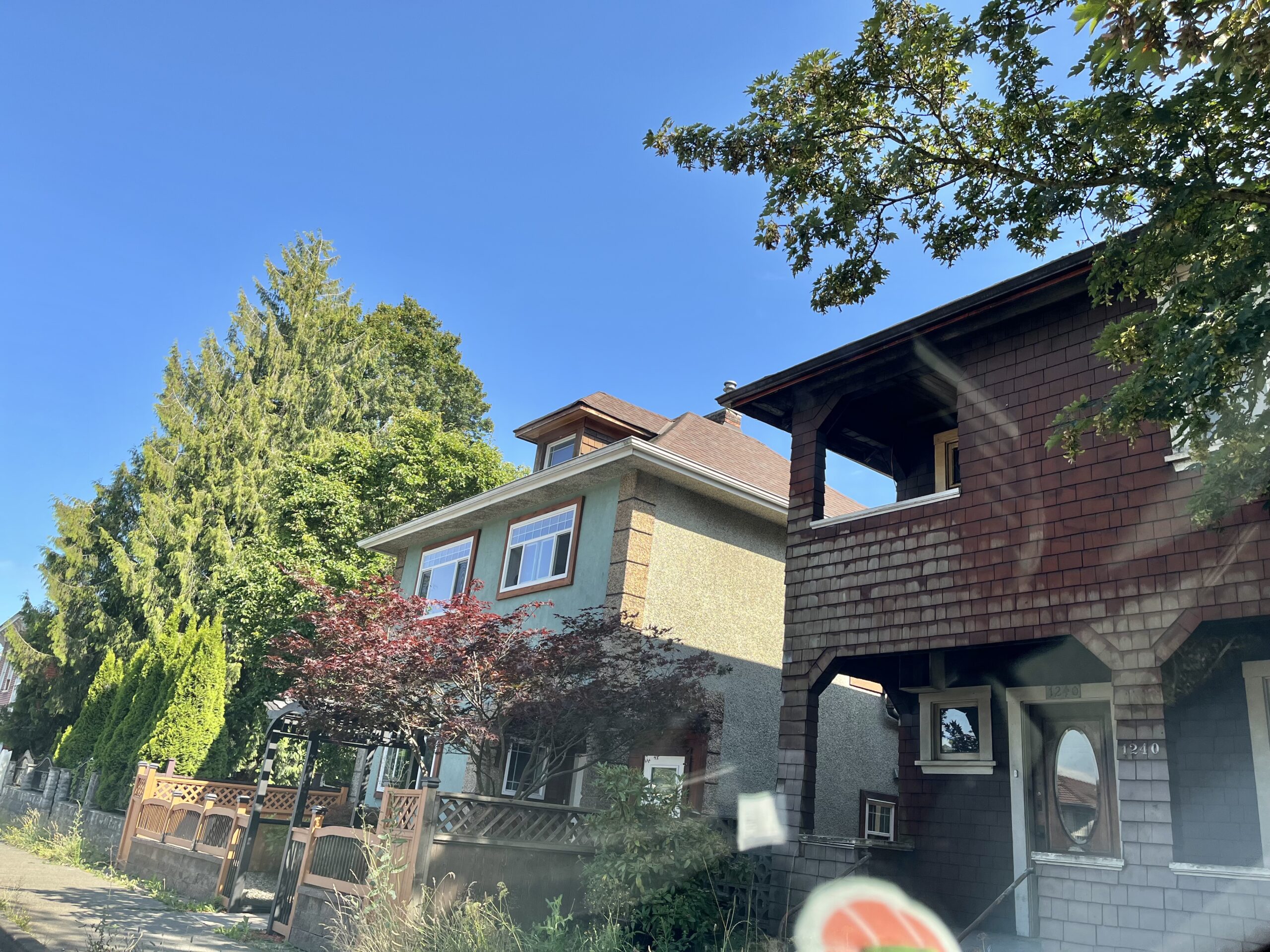The Sen̓áḵw housing megaproject is reshaping Vancouver’s urban landscape — but it’s about much more than just building homes.
Led by the Squamish Nation on their traditional unceded lands in Kitsilano, this development symbolizes Indigenous self-determination, affordable housing innovation, and a new model for urban growth. In this article, we explore why Sen̓áḵw matters deeply for Indigenous communities, Vancouver residents, and urban planners alike.
What is the Sen̓áḵw Project?
Sen̓áḵw plans to create over 6,000 residential units, a mix of rental and ownership homes focused on affordability and sustainability. As one of Canada’s largest Indigenous-led urban developments, it represents a historic reclaiming of land and economic agency by the Squamish Nation.
Why Sen̓áḵw Matters: Key Lessons
1. Indigenous-Led Development and Self-Determination
Sen̓áḵw is a powerful example of Indigenous governance driving urban development on their own terms. This contrasts sharply with past projects where Indigenous voices were marginalized.
Chief Ian Campbell of the Squamish Nation has described it as:
“Creating a legacy for our people — building community on our terms, in a way that respects our culture and the land.”
2. Addressing Vancouver’s Housing Crisis
Vancouver faces an acute affordable housing shortage. Sen̓áḵw’s thousands of affordable units help address this, prioritizing Indigenous applicants but also benefitting a broad spectrum of residents.
A Reddit user summarized the impact this way:
“The way this project has rapidly popped up really underlines how slow and timid other governments have been with their pathetic fiddling at the edges approach to the housing crisis. This project shows that fast action to build homes is possible and there’s no credible excuses.” — u/mukmuk64
Another user noted the speed and scale contrast:
“It really lays bare the needless layers of bureaucracy, red tape, and potentially willful obstruction during a housing crisis.” — u/hunkyleepickle
3. Cultural Preservation and Inclusion
Sen̓áḵw incorporates Indigenous culture in its design, with public art, heritage spaces, and community planning that honors Squamish traditions.
This cultural integration not only fosters community pride but also educates the wider population on Indigenous history and values.
4. Sustainable and Innovative Design
Sustainability is a core principle, with energy-efficient buildings, green spaces, and transit-oriented planning aligning with Indigenous stewardship of the environment.
Read more: The Rise of Co-Living Spaces in Vancouver: Pros and Cons
Challenges and Community Concerns
Despite broad praise, the rapid scale of the project has raised questions about infrastructure and city services.
A Reddit commenter raised a common concern:
“It will be interesting to see any potential downsides to having such a large community pop up in such a short time frame, and where the strains on infrastructure and other city services occur.” — u/hunkyleepickle
Another noted the absence of traditional municipal planning constraints:
“Also not really mired with the need to provide parks, community facilities, transit, emergency response, libraries, schools, etc. Not having to plan for any of that helps to speed things up.” — choosenameposthack
Economic and Social Impacts
Some questions remain about the broader financial implications. One Reddit user asked:
“If civil infrastructure needs to be updated to support all this housing, the Nations don’t pay any taxes that would support such work. All other citizens would foot the bill, while the Nations reap in the profits. It doesn’t feel fair.” — Chewpakapra
However, others point to the history of displacement and dispossession of Indigenous communities, contextualizing this project as part of broader reconciliation.
Expert and Community Perspectives
Urban planning experts highlight Sen̓áḵw as a model of Indigenous empowerment and urban innovation.
Local voices emphasize that the project challenges stereotypes and NIMBY opposition:
“I love how this project takes a sledgehammer to the folks who think of Indigenous people as wanting nothing more than fishing and eating berries off the grid. This project is more visionary and forward thinking than a lot of what we’re doing in Vancouver.” — Wise_Temperature9142 (Reddit)
Conclusion
Sen̓áḵw stands as a landmark Indigenous-led housing project that not only helps address Vancouver’s housing crisis but also advances self-determination, cultural preservation, and sustainability. Its rapid development exposes systemic barriers elsewhere and offers a blueprint for future collaborative, equitable urban growth.
While challenges remain around infrastructure and integration, the lessons from Sen̓áḵw are vital for city planners, developers, and policymakers aiming to build inclusive and resilient communities.
My name is Jay, a longtime Metro Vancouverite sharing local real estate tips and my own photos of the city’s homes and neighbourhoods here on Vancouver Home Hub. Hope you find my blog useful! Feel free to reach out anytime at vancouverhomehub@gmail.com if you have questions.


Leave a Reply